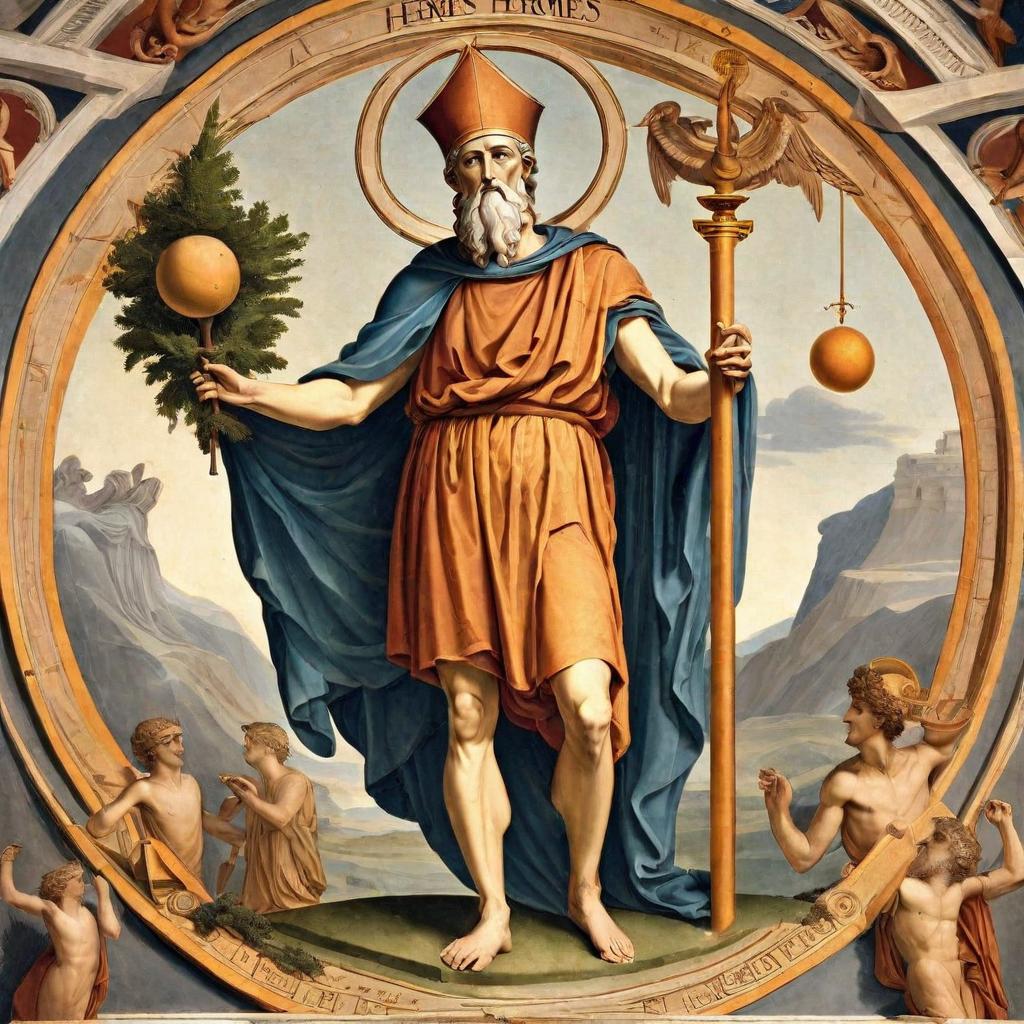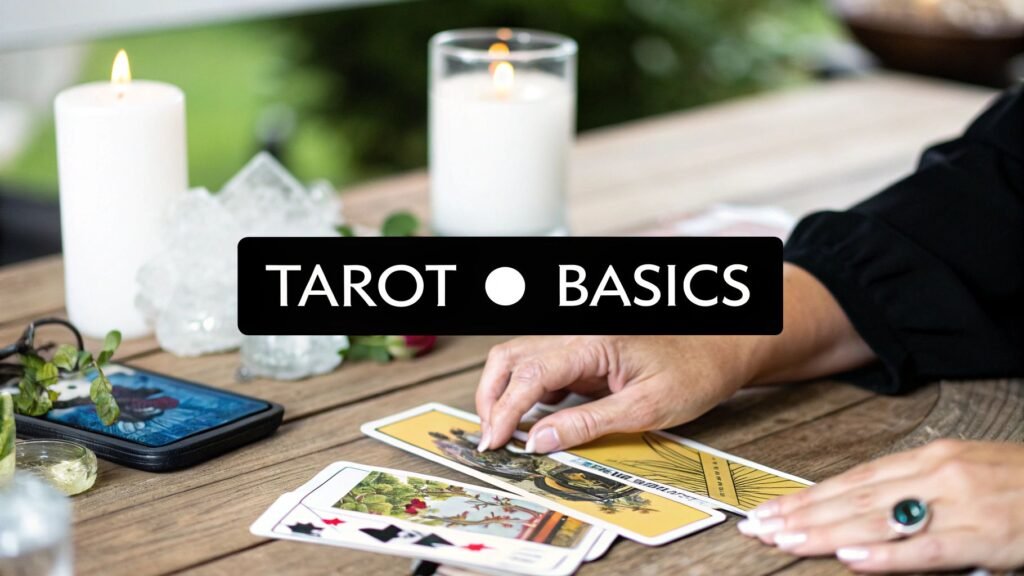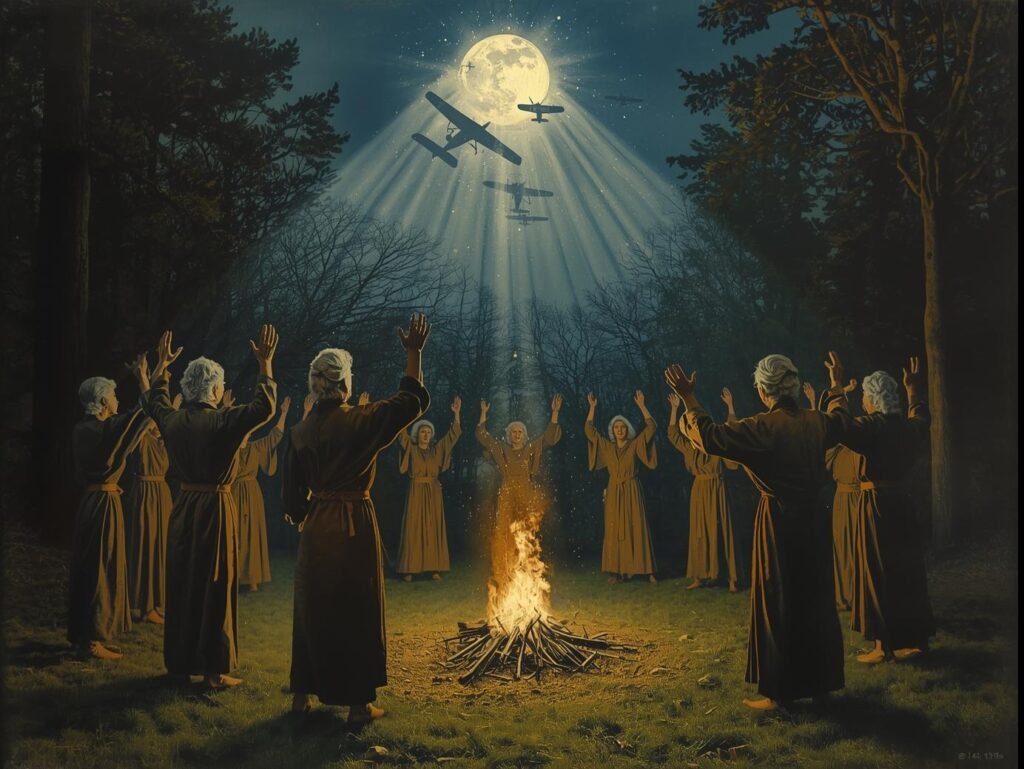Today, we delve into Hermeticism, an ancient spiritual tradition attributed to the legendary figure Hermes Trismegistus. This blog post will explore the foundational aspects of Hermeticism, including the 7 Hermetic Principles, key Hermetic symbols, and an overview of the Kybalion.
Who is Hermes Trismegistus?
Hermes Trismegistus is a legendary figure whose name translates to “Hermes the Thrice Great.” He is often considered a syncretic combination of the Greek god Hermes and the Egyptian god Thoth. Hermes, in Greek mythology, is the messenger of the gods, known for his speed, eloquence, and ability to travel between worlds. Thoth, in Egyptian mythology, is the god of wisdom, writing, and magic. Together, these attributes create a powerful archetype representing knowledge, communication, and the mystical arts.
Historical Context and Influence
Hermes Trismegistus is credited with a body of works known as the Hermetica, a collection of texts that includes philosophical, religious, and magical writings. These texts have had a profound influence on Western esotericism, including the development of alchemy, astrology, and the Kabbalah. The Hermetica are believed to date back to the early centuries of the Common Era, though their origins are shrouded in mystery and mythology.

Key Texts Attributed to Hermes Trismegistus
The Corpus Hermeticum: A collection of dialogues and teachings that cover a wide range of spiritual and philosophical topics, including the nature of the divine, the cosmos, and the human soul.
The Emerald Tablet: A short but highly influential text that outlines the principles of alchemy. Its famous maxim, “As above, so below,” encapsulates the idea of correspondence between the macrocosm and the microcosm.
The Kybalion: Though written much later (published in 1908), the Kybalion distills Hermetic teachings into seven core principles. It is attributed to “The Three Initiates,” who were likely inspired by the earlier Hermetic tradition.
The Philosophy of Hermes Trismegistus
The teachings of Hermes Trismegistus emphasize the pursuit of gnosis, or direct knowledge of the divine. This knowledge is not merely intellectual but involves a deep, transformative understanding of the universe and one’s place within it. Central to Hermetic philosophy are the following concepts:
The Unity of All Things: Everything in the universe is interconnected, and understanding this unity is key to spiritual enlightenment.
The Power of the Mind: The universe is a mental creation, and the mind has the power to shape reality. This principle underscores the importance of thoughts and intentions in manifesting one’s desires.
The Process of Spiritual Ascent: Human beings have the potential to ascend spiritually by aligning themselves with divine principles and purifying their minds and souls.
Hermes Trismegistus in Western Esotericism
Hermes Trismegistus has left a lasting legacy on Western esotericism. During the Renaissance, Hermetic texts were rediscovered and translated, sparking a renewed interest in mystical and philosophical traditions. Influential figures such as Marsilio Ficino, Giovanni Pico della Mirandola, and Giordano Bruno drew on Hermetic ideas in their work, blending them with other spiritual and philosophical traditions.
The symbolic and practical aspects of Hermeticism have also been integrated into various esoteric disciplines, including:
Alchemy: The pursuit of transmuting base metals into gold and achieving spiritual purification.
Astrology: The study of celestial influences on human affairs, rooted in the Hermetic principle of correspondence.
Magic and Ritual: The use of symbols, rituals, and incantations to influence the physical and spiritual worlds.
The 7 Hermetic Principles
The 7 Hermetic Principles form the foundation of Hermetic philosophy. These principles, as outlined in the Kybalion, provide a comprehensive framework for understanding the nature of reality. Here is a summary of each principle:
- The Principle of Mentalism: This principle states that “The All is Mind,” meaning the universe is a mental creation of the divine mind.
- The Principle of Correspondence: Known for the phrase “As above, so below,” this principle highlights the relationship between different planes of existence.
- The Principle of Vibration: Everything in the universe is in constant motion, vibrating at various frequencies.
- The Principle of Polarity: Everything has its opposite, and these opposites are actually two extremes of the same thing.
- The Principle of Rhythm: The universe operates in cycles, with everything rising and falling in a measured rhythm.
- The Principle of Cause and Effect: Every action has a reaction, and nothing happens by chance.
- The Principle of Gender: Gender exists in everything, manifesting as the masculine and feminine principles that influence all creation.
The Kybalion: A Hermetic Masterpiece
The Kybalion is a seminal work that encapsulates the essence of Hermetic teachings. Written by three anonymous initiates, it serves as a practical guide to understanding and applying the 7 Hermetic Principles. The Kybalion summary can be distilled into its exploration of these principles, offering profound insights into the nature of reality and the human condition.
Hermetic Symbols
Symbols play a crucial role in Hermeticism, serving as visual representations of complex spiritual concepts. Some key Hermetic symbols include:
The Caduceus: Often associated with Hermes, this symbol features two serpents entwined around a staff, representing duality, balance, and cosmic energy.
The Ankh: An ancient Egyptian symbol of life and immortality, frequently seen in Hermetic texts.
The Ouroboros: A serpent eating its own tail, symbolizing the cyclical nature of the universe and the concept of eternity.
In Summary
Hermeticism offers a rich insight into the world of wisdom and spiritual practice, centred around the teachings of Hermes Trismegistus. By understanding the 7 Hermetic Principles, exploring the profound messages of the Kybalion, and recognizing key Hermetic symbols, we can gain a deeper appreciation of this ancient tradition.
Resources:
Check out the post on Top 5 Magick Books for Beginners
Get the Kybalion from the Mystic Realm Shop on Bookshop.org
For info on the Lesser Banishing Ritual of the Pentagram see here











We absolutely ove your blog and find the majority oof your
post’s to be exactly what I’m looking for.
can you offer guest writers to write content for yourself?
I wouldn’t mind creating a post or elaborating on a lot off the subjects you write regarding
here. Again, awesome weblog!
Thank you! Yes Certainly Submit your article to posts@mysticrealmblog.com